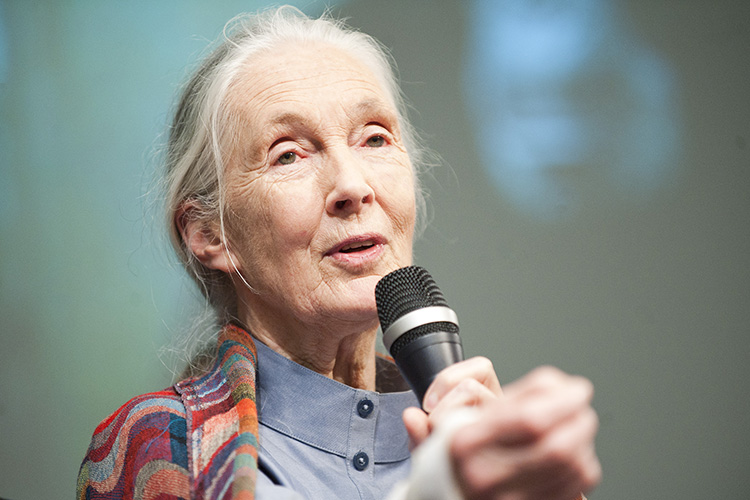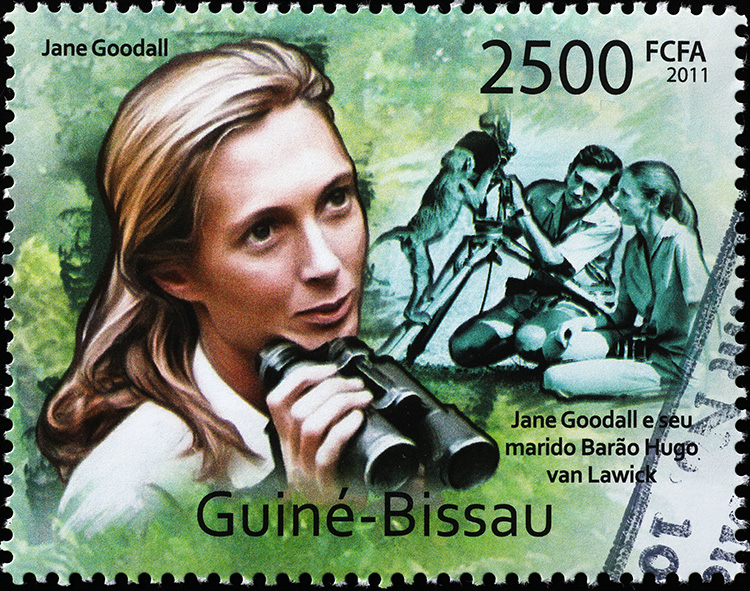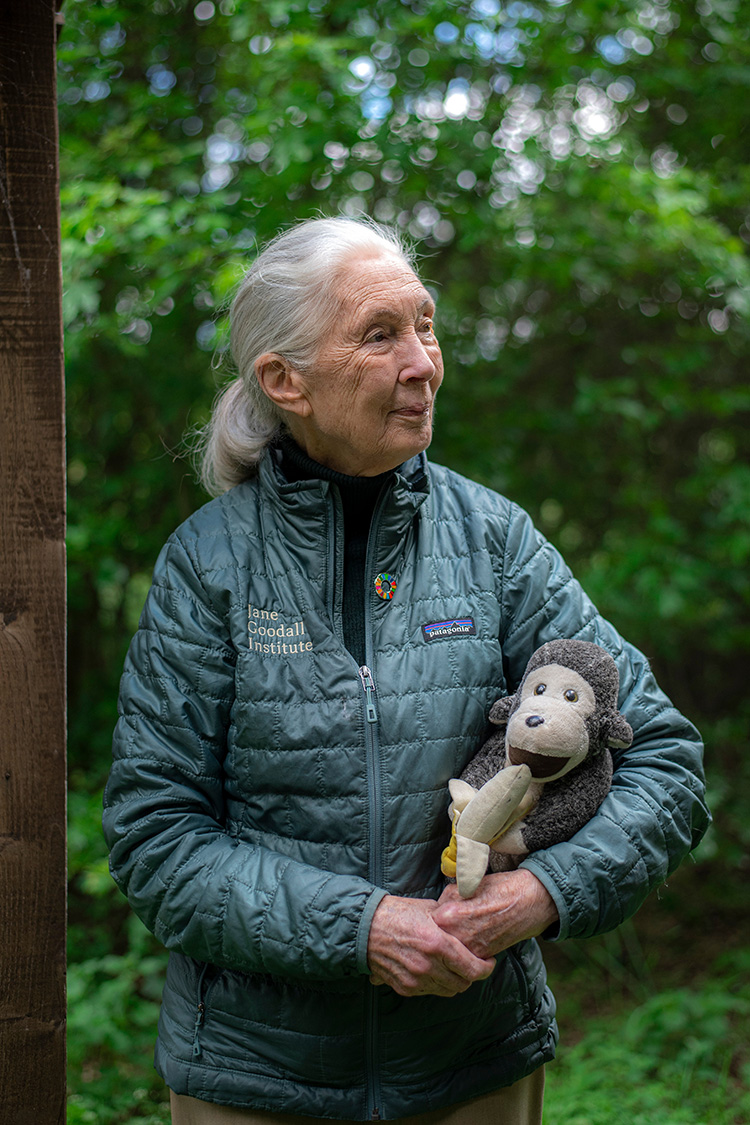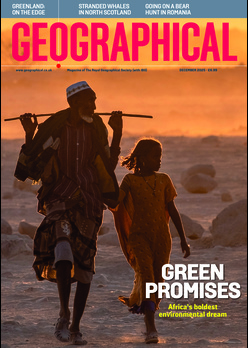
The legacy of Jane Goodall: The scientist and environmental advocate who redefined our understanding of humanity’s closest relatives
Pioneering scientist Jane Goodall, who unveiled the complex inner world of wild chimpanzees and inspired a global movement of conservation, has died at the age of 91. Her life’s work stands as one of the most significant contributions to ethology (the science of animal behaviour) and our understanding of what it means to be human.
Goodall’s journey to Gombe
Driven by a lifelong dream of studying wildlife, Goodall saved up her money and travelled to Kenya in 1957. There, she sought out and met the renowned Kenyan-British paleoanthropologist Louis Leakey, who hired her as his assistant and secretary. Leakey believed that an intensive study of great apes in their natural habitat could provide critical insights into human evolution.
Recognising Goodall’s unique combination of patience and observational skill, he secured funding and commissioned her to begin a chimpanzee study in Gombe in 1960. Despite initial criticism from the scientific community due to Goodall’s lack of formal training, her eventual research was so significant that she was accepted to pursue a PhD in Ethology from Cambridge University in 1966, using her early Gombe data as her thesis.

Enjoying this story? Check out our related reads:
The living laboratory
Gombe Stream National Park (formerly Gombe Stream Reserve) is a narrow, forested strip bordering the eastern shore of Lake Tanganyika, in western Tanzania. While physically one of Tanzania’s smallest protected areas, covering only about 35 square kilometres, it has become the site of the world’s most critical chimpanzee research. The park’s rugged terrain of steep valleys and dense forests served as the ideal, remote laboratory where Goodall could conduct her unique observational work, studying the famous Kasakela chimpanzee community.
This research became the longest continuous field study of a wild animal species in its natural habitat, a massive commitment that has been ongoing for over 60 years. Goodall’s methodology was radical for its time: instead of remaining a remote, objective observer, she immersed herself in the community, earning the chimps’ trust and studying them as individuals. Controversially, she assigned names (such as Flo, Fifi and Goliath) instead of numbers to every individual, a move criticised as unscientific sentimentalism. Ultimately, however, her detailed observations provided invaluable multi-generational data that has revolutionised ethology.
Revolutionary discoveries

The central contribution of Goodall’s work was the overturning of several long-held scientific beliefs about the unique nature of humans. Before Gombe, the scientific consensus held that only humans possessed the intellectual capacity for complex behaviour. Goodall’s observations proved otherwise:
- Tool use and making: Her most famous breakthrough occurred when she observed a chimpanzee she named David Greybeard stripping leaves from a twig and using the resulting stick to ‘fish’ for termites in a mound. Leakey famously declared: ‘Now we must redefine man, redefine tool, or accept chimpanzees as human.’ This observation shattered the idea that tool-making was an exclusively human trait.
- Omnivorous diet: Scientists assumed chimpanzees were herbivores. Goodall documented them actively hunting and eating meat, particularly colobus monkeys, establishing them as omnivorous hunters with sophisticated, cooperative strategies.
- Emotional depth and altruism: She observed profound behaviours once considered unique to humans, including displays of grief, comfort, tickling, and kissing. Crucially, she documented acts of altruism, such as the adoption of orphaned young by unrelated community members.
- Complex conflict: Perhaps most disturbingly, Goodall documented the capacity for organised, sustained violence in the chimpanzee community during the brutal Four-Year War (1974–1978), showing that lethal, systematic aggression was not solely a human pathology.
From scientists to activist

By the mid-1980s, Goodall realised her focus had to shift from the field to advocacy, as chimpanzee populations across Africa were rapidly declining due to habitat destruction and poaching. This shift defined her lasting legacy as a global activist, and resulted in the establishment of two key institutions:
- The Jane Goodall Institute (JGI) (Founded 1977): JGI extends the Gombe research while pioneering a community-centred conservation model. This approach recognises that saving chimpanzees requires improving the quality of life for the local human populations who share the habitat. This includes programmes like TACARE (Take Care), which supports sustainable livelihoods, health, and education for communities in Kenya.
- Roots & Shoots (Founded 1991): Her global youth programme empowers young people in over 60 countries to take action on behalf of people, animals, and the environment in their local communities.
Jane Goodall served as a United Nations Messenger of Peace, and travelled the world to inspire hope and action until her death on 2 October 2025.





